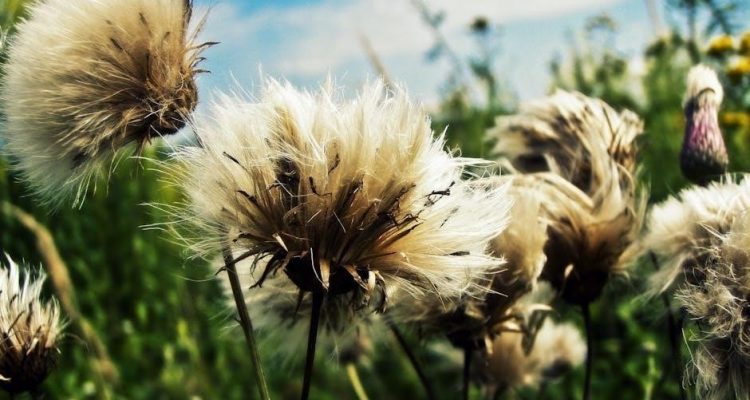Welcome to the fascinating world of edible wild plants, a diverse array of wild plants that are safe to eat and packed with nutrients and unique flavors. This guide serves as your trusted companion, helping you navigate the process of finding and preparing these natural treasures.
Why Forage for Wild Plants?
Foraging for wild plants offers a unique connection to nature, promoting sustainability and providing fresh, nutrient-rich food. It encourages outdoor exploration, fosters culinary creativity, and preserves traditional knowledge while offering a cost-effective and healthy alternative to conventional produce.
Importance of Proper Identification
Proper identification of wild plants is crucial for safe and enjoyable foraging. Misidentifying plants can lead to unintended health risks, as some species may be poisonous or cause allergic reactions. Always rely on trusted field guides, expert resources, and thorough research to ensure accuracy. Avoid plants with uncertain identities, especially those resembling toxic lookalikes. This careful approach safeguards your well-being and enhances the rewarding experience of discovering edible wild plants responsibly.
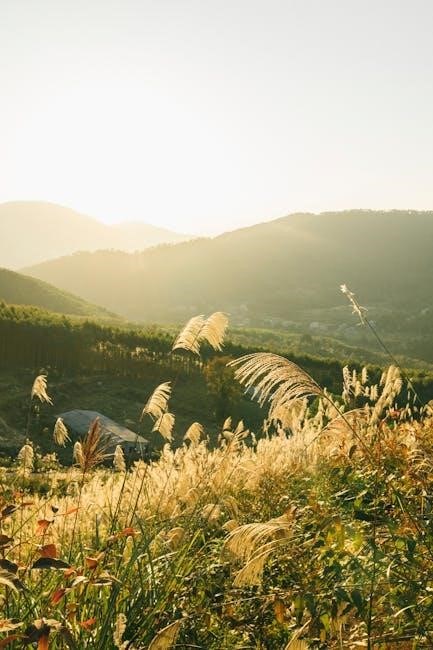
Safety and Ethics of Foraging
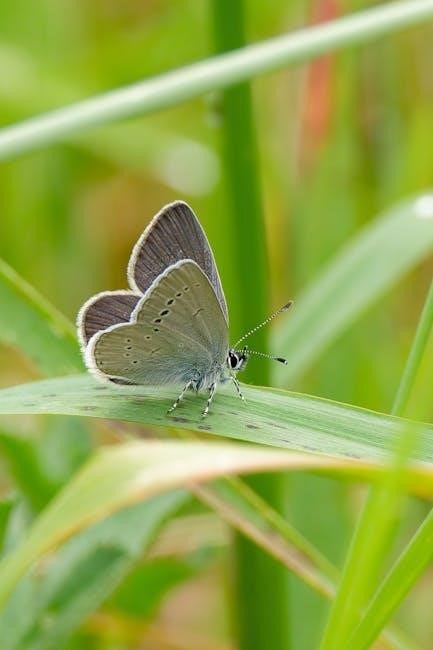
Foraging safely requires knowing edible species, avoiding harmful ones, and respecting ecosystems. Ethical practices ensure sustainability and legal compliance, preserving nature for future generations.
Understanding Poisonous Lookalikes
Identifying edible wild plants requires careful attention to distinguish them from poisonous lookalikes. Some plants, like certain mushrooms, can be deadly if mistaken for their edible counterparts. Always cross-reference with trusted field guides and consult experts when unsure. Be cautious of plants with similar appearances but differing toxicities. For example, edible wild mushrooms often have poisonous relatives that can cause severe harm. Proper training and experience are essential to avoid dangerous mix-ups and ensure safe foraging practices. Never rely solely on visual inspection—context and detailed characteristics are crucial. Stay vigilant to protect your health and the environment.
Responsible Foraging Practices
Responsible foraging ensures the sustainability of wild plant populations and ecosystems. Always harvest plants in a way that avoids depleting them, leaving enough for natural regeneration. Avoid areas contaminated by pesticides or pollutants. Be mindful of local regulations and obtain permits when necessary. Only collect what you need, and avoid over-harvesting to protect biodiversity. Respect private property and sensitive habitats. By adhering to ethical practices, you help preserve these resources for future generations and maintain a healthy balance with nature.
Regional Focus on Edible Plants
Explore edible plants across different regions, such as the Northeastern U.S., where species like dandelion and wild garlic thrive. Wetland plants offer unique culinary opportunities, supported by resources like Go Botany for accurate identification.
Plants of the Northeastern United States
The Northeastern U.S. is home to a variety of edible wild plants, such as dandelion, wild garlic, and berries like blackberries and raspberries. These plants are not only delicious but also rich in nutrients. Resources like Go Botany provide detailed information for accurate identification. Responsible foraging practices are essential to ensure sustainability and avoid harming ecosystems. Always prioritize proper identification to distinguish edible species from poisonous lookalikes. This region offers a vibrant opportunity to connect with nature and enjoy the bounty of wild edibles while supporting local biodiversity.
Wetland Plants and Their Uses
Wetland ecosystems are rich in edible plants, such as cattails and watercress, which offer versatile culinary uses. These plants thrive in moist environments and provide a sustainable food source when harvested responsibly. Many wetland species are nutrient-dense, making them valuable additions to meals. For example, cattail rhizomes can be ground into flour, while watercress adds a peppery flavor to salads. Always ensure safe foraging practices to avoid contamination and protect these delicate habitats.
Proper identification is crucial, as some wetland plants may have poisonous lookalikes. Field guides are essential tools for accurate identification and ethical harvesting. By understanding the unique characteristics of wetland plants, foragers can enjoy their bounty while preserving these vital ecosystems for future generations.
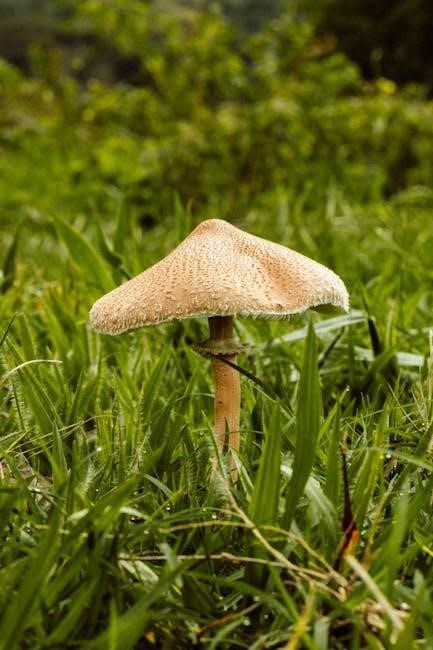
Plant Identification Techniques
Accurate identification is crucial for safe foraging. Use field guides, study key characteristics like leaves, flowers, and stems, and be aware of poisonous lookalikes to ensure safety.
Key Characteristics for Accurate ID
Identifying edible wild plants requires careful observation of key traits: leaf shape, size, and arrangement; flower color and structure; stem texture; and growth patterns. Seasonal changes, such as flowering or fruiting stages, also provide critical clues. Comparing these features with detailed descriptions in field guides helps ensure accurate identification. Pay attention to distinguishing characteristics that set edible plants apart from poisonous lookalikes. Consult multiple sources to confirm identities, as some species may have similar appearances but differ in edibility or safety.
Using Field Guides Effectively
Field guides are indispensable for identifying edible wild plants. Start by mastering keyword searches to quickly locate relevant information. Understand how to use natural language versus Boolean searches to refine results. Pay attention to real-world examples, such as searching for “edible plants in wetlands” or “how to identify wild mushrooms.” Cross-reference descriptions with high-quality images and compare multiple entries to confirm identities. Regularly update your guides to stay informed about new species or regional variations, ensuring accuracy and safety in your foraging journey.
Essential Tools for Foraging
A reliable field guide, magnifying glass, sturdy basket, gloves, and a small knife are must-have tools for every forager. They ensure safety and efficiency while gathering wild plants.
Must-Have Items for Every Forager
A field guide is indispensable for identifying edible plants accurately. Carry a magnifying glass to examine leaf details and a sturdy basket for collecting. Wear gloves to protect hands from thorns and bring a small knife for cutting stems. A container with a lid is essential for storing delicate fungi or berries. Always pack water, snacks, and a map for navigation. A notebook and pencil can help record observations. These tools ensure a safe, efficient, and enjoyable foraging experience while promoting responsible practices in the wild.
Legal and Environmental Considerations
Understand local regulations and obtain permits when necessary. Respect protected areas and avoid overharvesting. Be aware of invasive species and their impact on ecosystems. Always prioritize sustainability.
Understanding Local Regulations
Understanding local regulations is crucial for responsible foraging; Many areas require permits for collecting wild plants, especially in protected parks or nature reserves. Familiarize yourself with laws regarding species collection, as some plants may be endangered or protected. Unauthorized harvesting can lead to legal consequences. Always respect private property rights and obtain permission before foraging on private land. Regulations vary by region, so stay informed to ensure compliance and avoid unintentional harm to ecosystems or legal repercussions. This ensures a sustainable and ethical foraging practice.
Protecting Native Pollinator Gardens
Protecting native pollinator gardens is vital for maintaining biodiversity and supporting ecosystems. Planting native species like milkweed and blazing stars attracts pollinators, ensuring their survival; Avoid invasive plants that disrupt local habitats. Use organic gardening practices to avoid harming pollinators. Create pollinator-friendly habitats by diversifying plant species and providing shelter. These efforts not only protect pollinators but also enhance the sustainability of wild edible plants. By fostering these gardens, you contribute to a healthier environment while preserving the beauty and functionality of natural ecosystems for future generations.
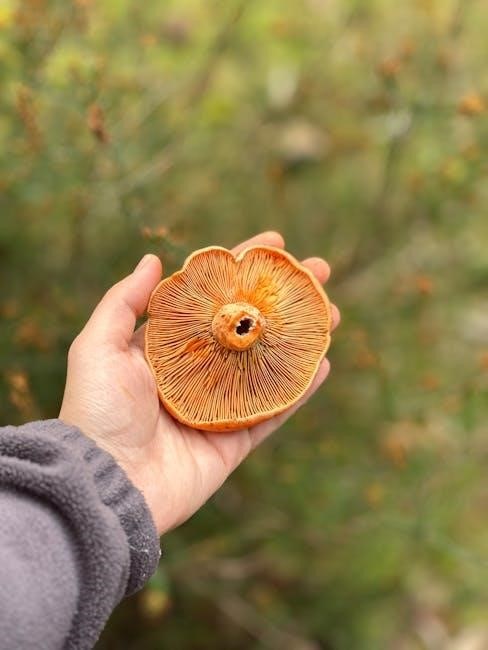
Sustainability in Foraging
Sustainability in foraging ensures the preservation of wild plant populations and ecosystems. Practice harvesting methods that avoid harming plants and their habitats, promoting ecological balance and responsible stewardship.
Harvesting Without Harming Ecosystems
Sustainable foraging involves harvesting wild plants responsibly to ensure their survival and the health of ecosystems. Always take only what is needed, leaving enough for regeneration. Avoid over-harvesting, especially for rare species, and refrain from damaging roots or habitats. Practice selective picking, allowing plants to recover and maintain biodiversity. This mindful approach ensures that future generations can also enjoy the benefits of wild edibles while preserving the natural balance of the environment.
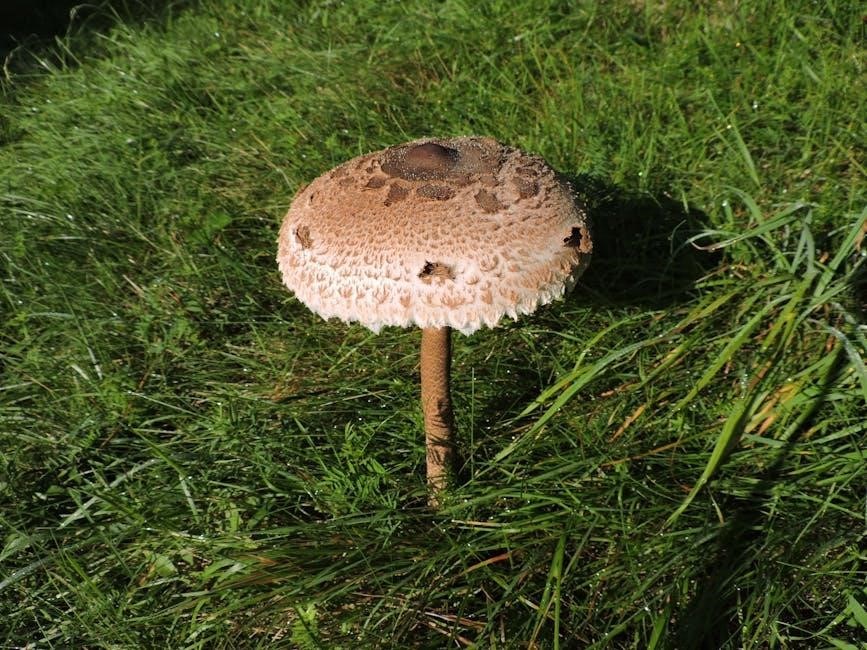
Preparing and Using Edible Plants
Discover how to prepare wild edibles through cleaning, cooking, and preserving. Explore recipes that highlight their flavors and textures, enhancing any meal naturally.
Culinary Uses of Wild Plants
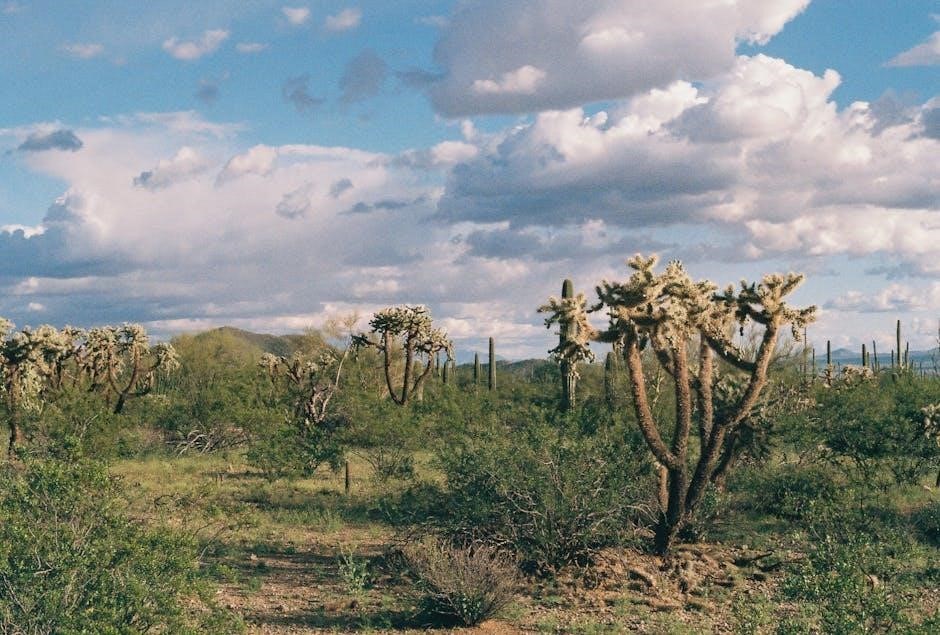
Wild plants add fresh flavors and nutrients to various dishes. Use leaves like dandelion or kale in salads, soups, or sautéed as greens. Flowers such as violets or pansies can garnish desserts or infuse teas. Roots like burdock or sunchokes roast beautifully, while wild berries make delicious jams or pies. Many plants, such as wild garlic, enhance sauces or marinades. Experiment with infusing oils or vinegars for unique flavors. Incorporating wild edibles diversifies your palate and connects you to nature’s bounty, offering endless creative possibilities in the kitchen.
Preserving Wild Edibles
Preserving wild edibles ensures year-round enjoyment of foraged treasures. Methods include freezing, drying, pickling, or making jams to retain nutrients and flavors. Freezing maintains freshness, while dehydration removes moisture, preventing spoilage. Pickling adds acidity for long-term storage; Infusing oils or vinegars with herbs is another creative way to preserve. Proper storage in airtight containers is essential to maintain quality. These techniques allow you to savor wild flavors even outside the harvesting season, connecting you to nature’s bounty year-round.
Advanced Topics in Foraging
Explore wild fungi, invasive species, and expert foraging techniques. Learn to identify rare edibles and understand sustainable practices for advanced foraging adventures.
Exploring Wild Fungi and Mushrooms
Mushrooms and wild fungi offer a fascinating dimension to foraging, but require extreme caution due to their potential toxicity. Accurate field guides are essential, as some species are deadly. Start with common edibles like chanterelles or oyster mushrooms, and always consult multiple sources. Avoid rare or endangered fungi to ensure sustainability. Harvest responsibly, leaving enough to maintain ecosystem balance. Experienced foragers emphasize the importance of knowing your environment and seasonal variations. Never rely solely on visual identification—expert guidance is crucial for safety and success in this rewarding yet risky pursuit.
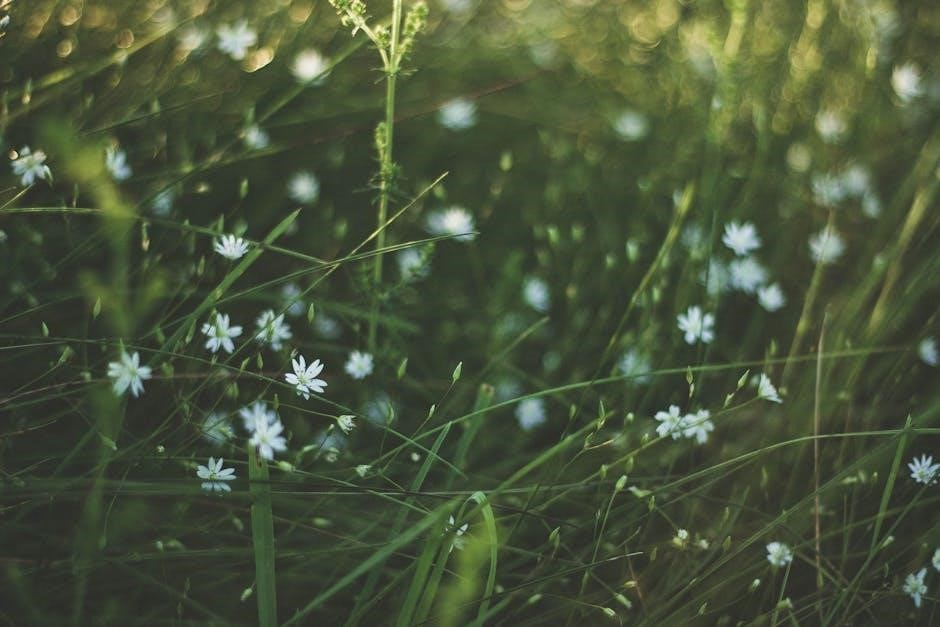
Invasive Species as a Food Source
Invasive species often thrive in wild environments, offering unexpected foraging opportunities. Plants like autumn olive or Japanese knotweed can be edible and nutritious, while species such as wild boar provide sustainable meat sources. Harvesting these invaders helps control their spread and supports local ecosystems. However, proper identification and safety precautions are crucial, as some invasive plants can be harmful. This approach not only enriches your foraging experience but also promotes environmental balance. Always research local invasive species and their edibility before attempting to use them as a food source.
Foraging for edible wild plants is a rewarding journey, offering nutritious food and a deeper connection with nature. Always prioritize safe practices and sustainability to ensure this bounty remains available for future generations while respecting the environment.
Final Thoughts on Wild Plant Foraging
Foraging for edible wild plants offers a unique connection to nature and access to fresh, nutrient-rich foods. Always prioritize safety by correctly identifying plants and understanding their lookalikes. Responsible harvesting ensures sustainability, preserving these treasures for future generations. Field guides and expert knowledge are essential tools for every forager. By embracing ethical practices and respecting ecosystems, you can enjoy the rewards of wild plant foraging while contributing to environmental conservation. This journey is both nourishing and fulfilling, fostering a deeper appreciation for the natural world.
